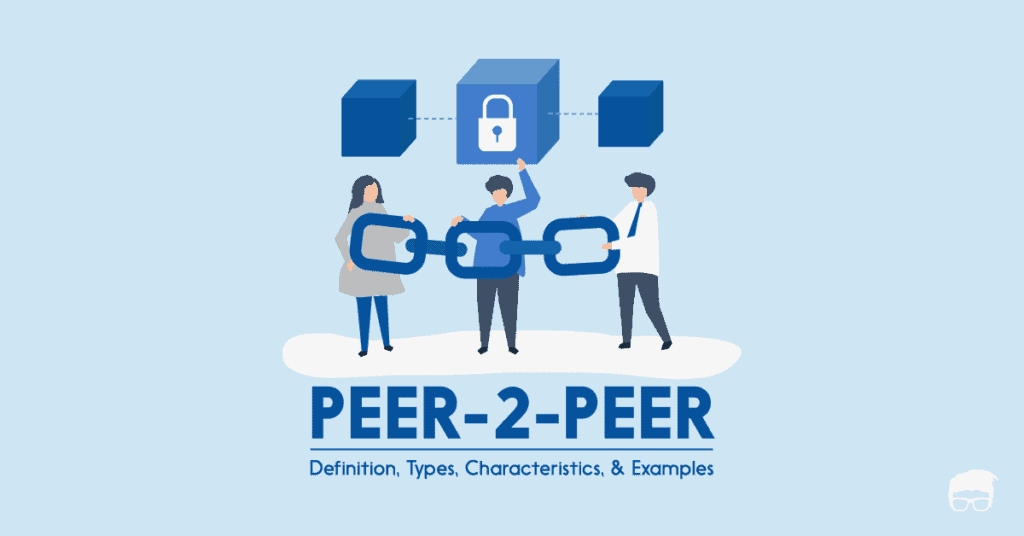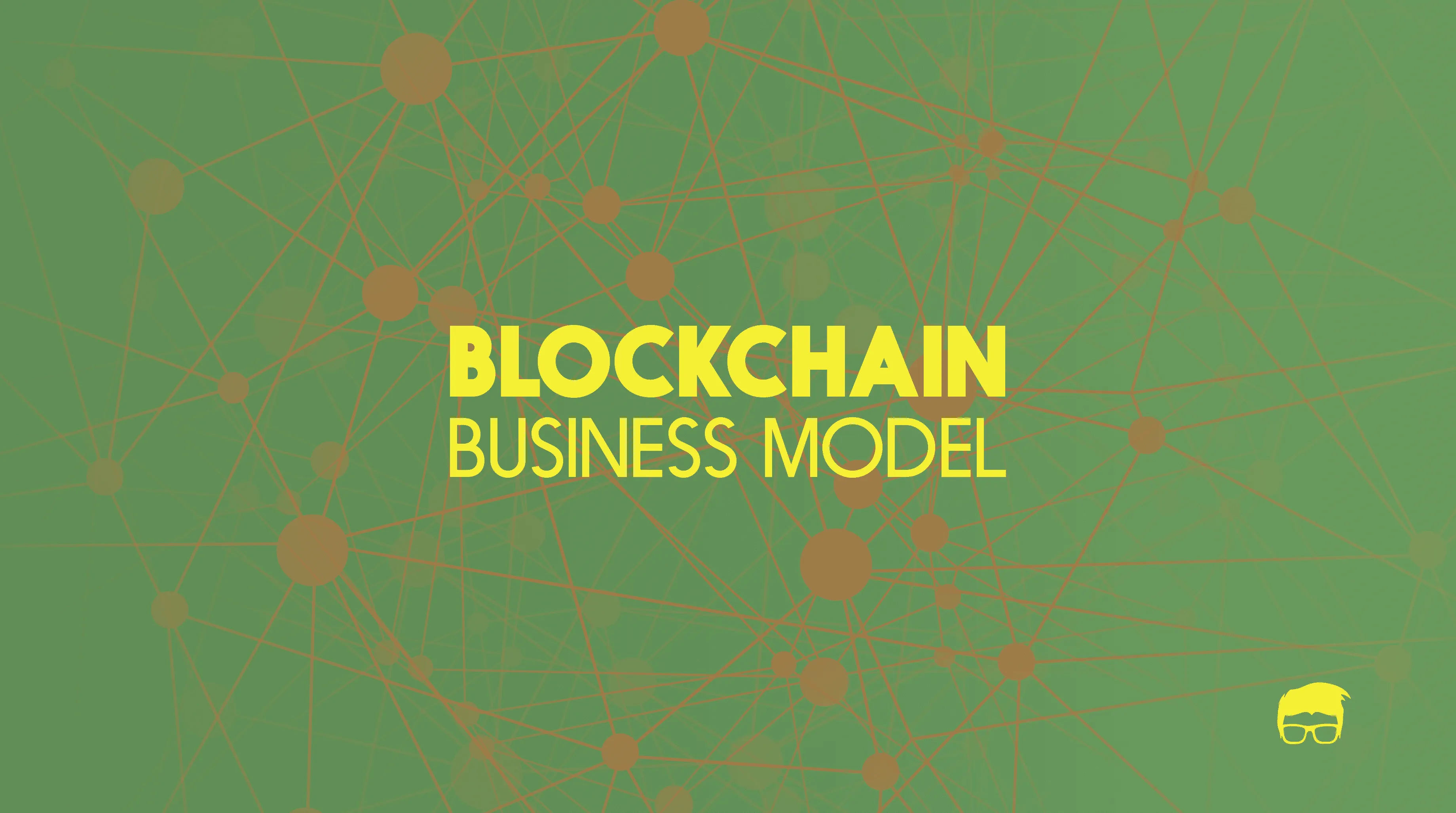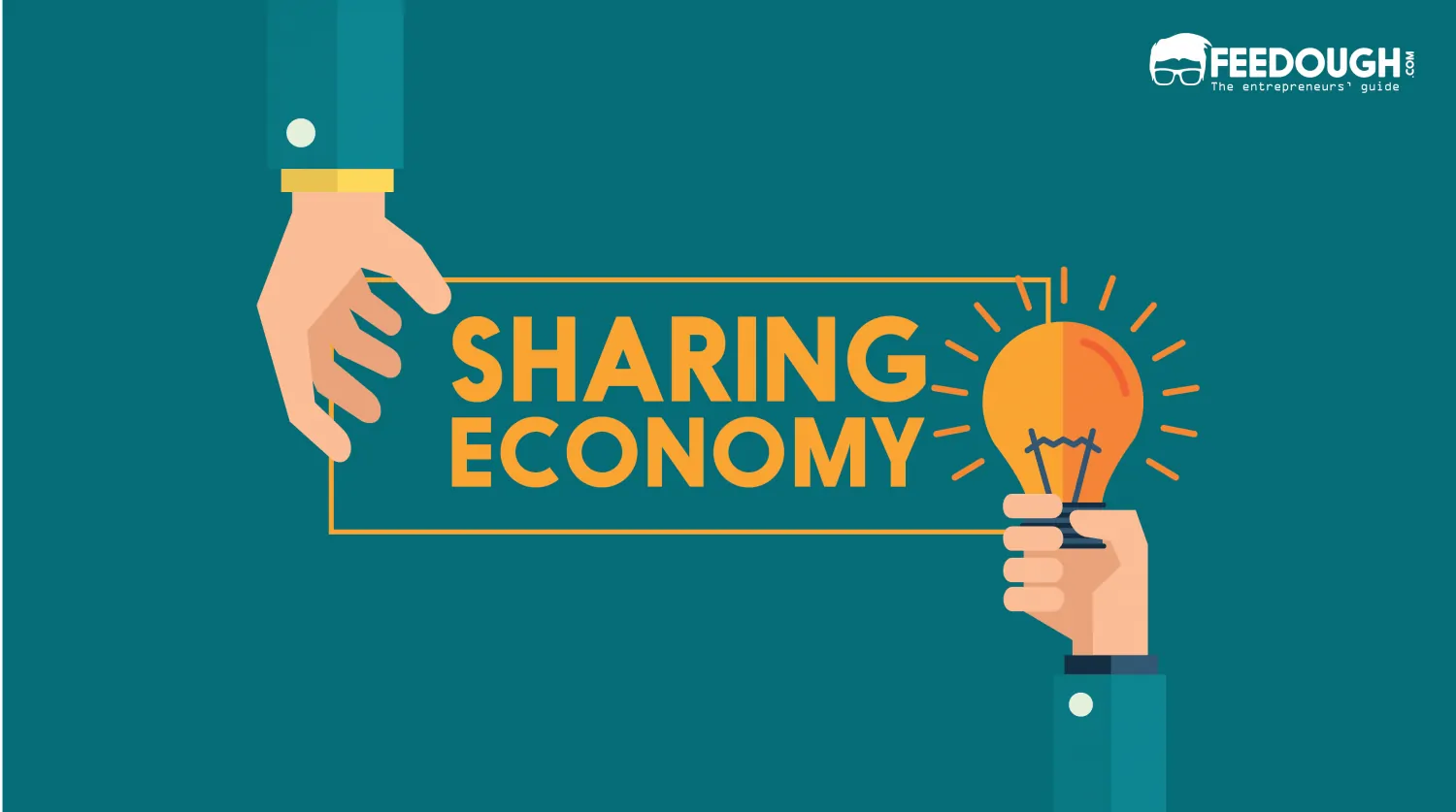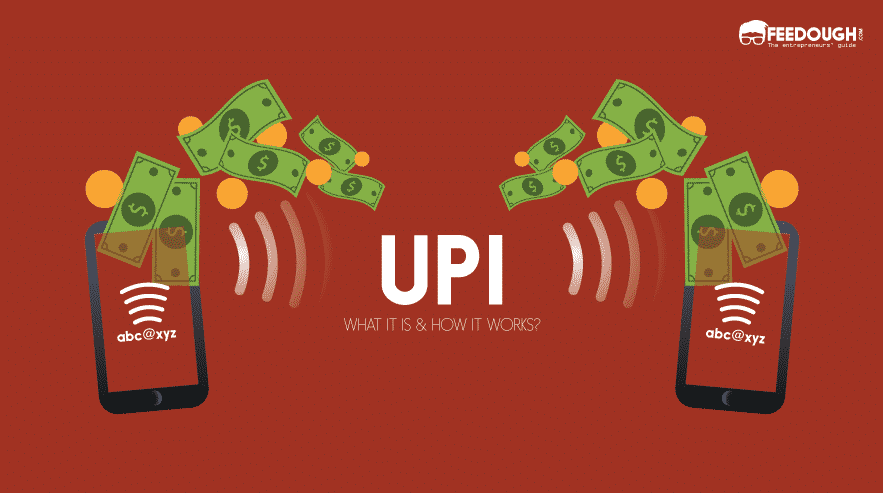The IT world witnesses two significant types of network architectures: the client server-network and the peer-to-peer network. The internet revolves around the client-server network where a single central computer acts as a server, stores all data, and handles all the interaction with the internet users. But this model has raised many eyebrows as, usually, a third-party handles and stores data. Moreover, unethical practices are not possible in this network architecture as the server can be legally closed at any time.
Hence, peer-to-peer network architecture came into existence. This model involves direct communication between two parties without a third party/computer/server involved.
What Is Peer-To-Peer Network?
Peer-to-peer or P2P is an IT network architecture where two or more computer systems connect to share resources without intermediation by a third party.
This system is further adapted into the P2P service and P2P business model.
- P2P Service: A peer-to-peer service is a decentralised platform where two parties connect and transact with each other without the involvement of a third party.
- P2P Business Model: A business model that enables its users to connect with other users to transact and fulfil its tasks without the business acting as an intermediary is a peer-to-peer business model. BitTorrent runs on a P2P business model that lets its users connect with other users and share files.
How P2P Works?
P2P is different from the usual internet model that requires a server to be an intermediary between different clients. For example, if person A wants to send a message to person B via a client-server network, he has to send the message to the server first, which then forwards the message to person B. It’s similar with internet browsing – a user accesses the website that is hosted on a third-party server.
The peer-to-peer system, on the other hand, goes away with this requirement of an intermediary and connects the participating parties directly. For example, for person A to send an email to person B, the P2P platform will connect A’s system to the B’s system and let A send the message directly. The only requirement here is that both the systems are online at the same time.
For file sharing, the user uses the platform to locate computers that have the file he is looking for. These computers are called peers or nodes, and they upload the file on demand. Here’s how this works –
- A user runs a P2P software to send requests for the file he wants to download.
- The software queries other systems/computers that run the same software.
- When the software finds the file that the user is looking for, it starts the transfer. The process of hosting a file to be downloaded by others is seeding, and the process of downloading a hosted file is called leeching.
- If the file is located in more than one system, the file-transfer load is distributed among them.
P2P Examples
Peer-to-peer network was brought into commercial use by Napster that let users discover and download music files from a network of peers who were also running Napster. This resulted in the development of a community that shared music files without anyone having to buy music.
Today, torrents play a major role in running the P2P economy. BitTorrent and utorrent are two most famous torrent clients that aid file sharing (legal and illegal) among connected systems. In fact, according to Chron, torrent traffic makes up 20 percent to 40 percent of all Internet use.
Besides file sharing, P2P architecture is also seen in –
- Financing and P2P Lending: Peerform, LendingClub, and Prosper etc. offer peer-to-peer financing options. These platforms help the borrowers and lenders to enter into a contract directly instead of having a third party like bank interfering in the deal.
- Monetary Transactions: Bitcoin and other cryptocurrencies have made it possible to transact monetarily using a P2P framework. These cryptocurrencies are transferred directly from one person to another person instead of heading to the bank first.
Characteristics Of Peer To Peer Network
Peer-to-peer networks have specific characteristics that make it stand out. These are:
- The network is self-organised and doesn’t require a third-party organiser.
- The resource sharing capacity of the network depends directly on the number of participants. More participants lead to a better capacity.
- All the peers or nodes are both resource users and providers. So, if the participants increase, the resource sharing capacity also increases. This is different from the client-server network where the server is overwhelmed with an increase in the number of users.
- The network is heterogeneous due to different bandwidths, on-time, and computing power.
- The availability of data is not always guaranteed as it depends on other peers availability.
Peer To Peer Network Advantages And Disadvantages
Just like every IT infrastructure, the peer-to-peer model comes with its own advantages and disadvantages.
Advantages
- Each peer manages itself. Hence the network manages itself as soon as peers join it.
- The cost of setting up, operating, and managing a server is saved.
- It’s easier to scale as scaling doesn’t require more funds but more peers.
- None of the peers are dependent on others for their functioning.
Disadvantages
- The data can’t be backed up or stored once the peers leave the network.
- There’s a security risk of peers as there isn’t a third party managing the network.
Go On, Tell Us What You Think!
Did we miss something? Come on! Tell us what you think about our article in the comments section.
A startup consultant, digital marketer, traveller, and philomath. Aashish has worked with over 20 startups and successfully helped them ideate, raise money, and succeed. When not working, he can be found hiking, camping, and stargazing.






![What Is A Cryptoasset? Types Of Cryptoassets [Ultimate Guide] cryptoassets](https://www.feedough.com/wp-content/uploads/2018/03/cryptoassets-02.webp)


